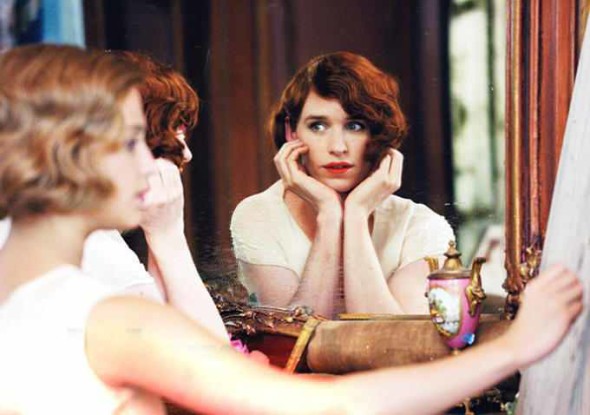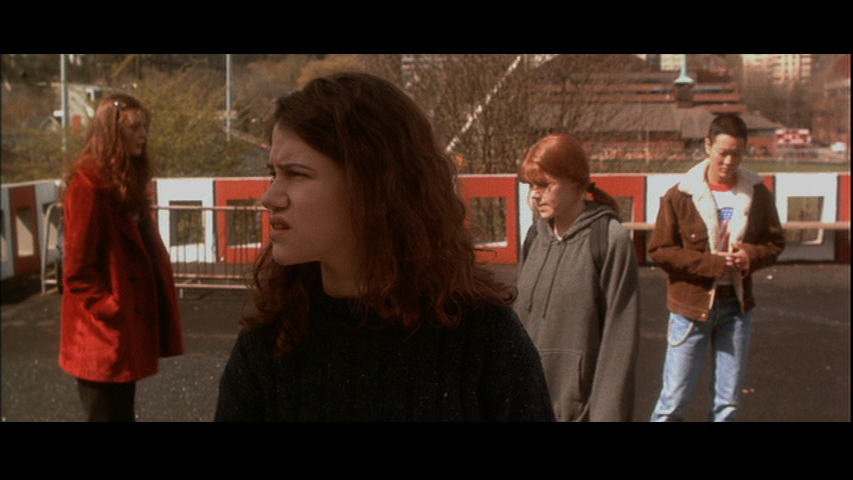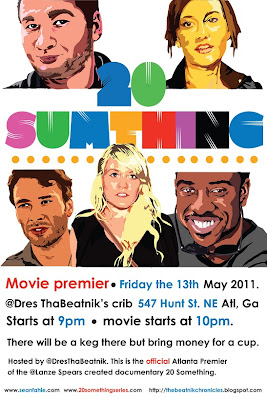Nearly five years ago, when Tom Hooper’s The King’s Speech swept the Oscars I wasn’t displeased. Sure it was yet another film by men about men in which the women barely had speaking parts, but Colin Firth gave a great tortured performance in the lead and the screenplay–like the film itself–seemed to understand it wasn’t telling the “feel good” story many critics and audience members mistook Speech for: the screenwriter has said that when he told the Queen mother (the film depicts when she became Queen) that he was working on the script, she asked him to not make a film of it until after she was dead–because it would bring back too many bad memories.
I skipped Hooper’s next film: Les Misérables because it gave every sign of being the kind of gooey movie I would detest. It also had Eddie Redmayne in it and after sitting through the supposedly “based on a true story” nonsense of My Week With Marilyn in which Redmayne starred (opposite an underrated Michelle Williams playing Marilyn Monroe), I had had enough of him. Last year Redmayne won an Oscar for playing Stephen Hawking in the bio-pic The Theory of Everything proving that an able-bodied actor has a good chance of getting an Academy Award for playing a disabled person (and as long as the able-bodied keep winning, disabled people will never be cast to play these roles themselves).
Another way for a male actor to win an award is to put on a dress and play a trans woman (see Jared Leto and Transparent) which explains why we now have The Danish Girl in theaters, directed by Hooper and starring Redmayne as trans pioneer Lili Elbe. At least one trans woman has already pointed out how this film, like Blue Is the Warmest Color before it, has scenes that could have been lifted from porn (not the best place to find versimilitude) but also how the script forces Elbe into the “tragic degenerate” trope, just like queer characters invariably were in the bad old days.
The whole film feels very dated (and not just because it takes place in the early 20th century) but also, in spite of it being “based on a true story”, false. Like a bad TV movie made ten or twenty years ago, this film posits that Lili (who starts out as Einar) had a wife, Gerda (Alicia Vikander) who had no idea her husband was anything other than a regular guy, even though Lili was a longtime model for Gerda’s work as an illustrator and painter. When Lili wants to transition, Gerda is surprised and hurt saying, “But Lili doesn’t exist. We were playing a game.” and later cries, “I need my husband! I need to hug my husband,” just like the suburban wife of a trans woman might say on Maury.
The real-life Gerda Wegener was queer and, while the couple lived in Paris, did not keep secret her relationships with women, so the film misses the opportunity to show that the feminine qualities of Lili may have been what attracted Gerda in the first place, a possibility shows like Maury and movies like this one never consider. The film also gives short shrift to the gender politics of the time, never detailing the obstacles a woman artist like Gerda would face in that era and downplaying Lili’s decision when she transitions to stop painting–even though she had won acclaim as an artist when she was “Einar”.
This film fails on so many levels, it’s hard to pick any one aspect, but Eddie Redmayne deserves special mention. A man in a dress playing a trans women is always objectionable, but Redmayne is so woefully miscast in this role, I’ll go to any protest of the awards he will probably be nominated for. Lili Elbe was one of the first people to undergo gender affirming surgery and the toast of Paris, going to parties and modeling for Gerda in the latest, revealing fashions but Redmayne’s Lili is a whispery, skittish, drag queen full of shame (at least at first) who wears matronly dresses that come up to the neck and stretch down nearly to the ankle. Other trans woman pioneers (in the US, a generation after Elbe) were not shy, retiring or ashamed: think of Marsha P. Johnson and Sylvia Rivera: they, along with many femme gay men of the time became more open in their presentation as they became more outspoken in their advocacy: they developed pride in themselves to deflect the shame mainstream culture thought was their only option. In this way and many others, their mindset was much more in keeping with the rest of us in 2015 than that of anyone associated with The Danish Girl.
[youtube_sc url=”https://www.youtube.com/watch?v=d88APYIGkjk” iv_load_policy=”3″]
Nearly two years ago Paolo Sorrentino’s The Great Beauty won an Oscar for best foreign language film and again, even though it was a film made by men about men, I’d enjoyed it and was happy. I didn’t know then that award would give Sorrentino the momentum to make one of the worst films I’ve seen in a theater in a long time: Youth.
In a lot of ways Youth takes the indulgences I could ignore in The Great Beauty: the whining of pampered, older, male characters and the fascination with the grotesque (but of course never, ever combining the two to find the grotesque in pampered, main older male characters) and proceeds to make an entire movie out of them. And the whisper of misogyny in Beauty becomes a scream in Youth. Michael Caine is the lead, a retired composer, and his vocal intonations are so familiar from the acting he’s phoned in through the years that, even if he were giving a good performance, at this point we wouldn’t notice. Harvey Keitel is wasted (except very briefly in the reading of one of his last lines) as his best friend, a film director, as is Rachel Weisz as the composer’s grown daughter and Jane Fonda as an aging actress wearing too much makeup (I can’t believe people are talking about nominating Fonda for an award for this role. Her part isn’t a character, it’s an incoherent tempter tantrum). Like The Great Beauty, Youth has great cinematography (again by Luca Bigazzi) but when the results are this loathsome, I’m reminded of how much I would rather see a dimly lit, poorly shot film with a great script than another monstrosity with great stills. As other critics have pointed out, if this film is a leading contender for an Oscar we’re in trouble–or maybe it’s the Oscars, and their increasing irrelevance, which are.
[youtube_sc url=”https://www.youtube.com/watch?v=-T7CM4di_0c” iv_load_policy=”3″]
___________________________________________________
Ren Jender is a queer writer-performer/producer putting a film together. Her writing, besides appearing every week on Bitch Flicks, has also been published in The Toast, RH Reality Check, xoJane and the Feminist Wire. You can follow her on Twitter @renjender















